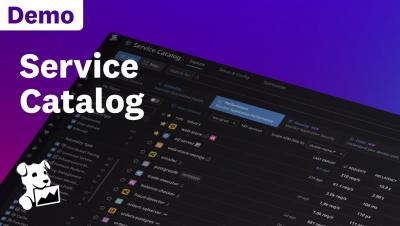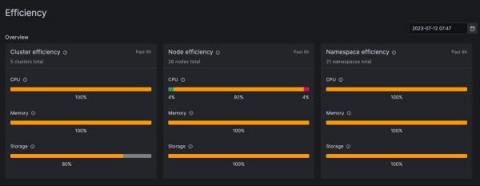What is Chronograf?
InfluxDB is an open-source time-series database, i.e. a database optimized for storing data points collected across an interval of time. Developed by InfluxData, InfluxDB is intended for fast, high-availability storage and retrieval of many different system metrics. The entire InfluxDB project, which is housed at influxdata.com, includes: Yet with all of these tools for collecting and processing time-series data, there's still one step missing—visualizing it. That's where Chronograf comes in.











